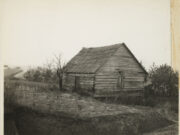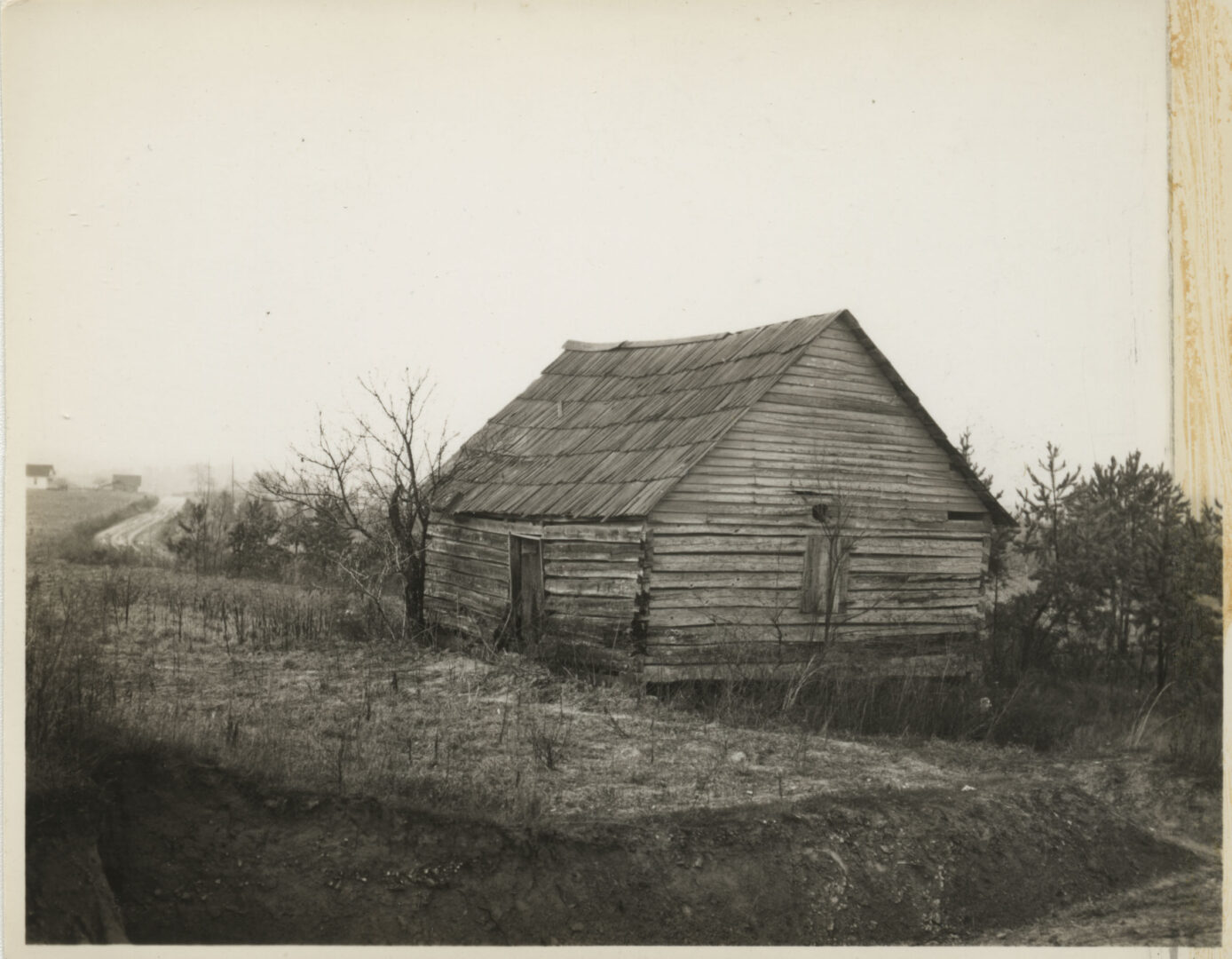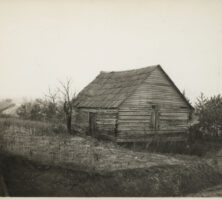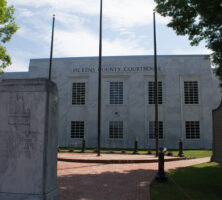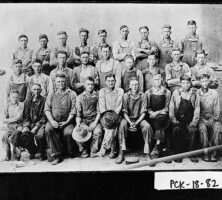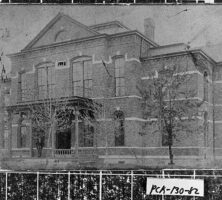Pickens County, located at the foot of the Appalachian Mountains in north central Georgia, was formally created on December 5, 1853, from Gilmer and Cherokee counties.
The county was named for Andrew Pickens, a South Carolinian who served as a general during the American Revolution (1775-83). In the first decades following its creation, the county gained small tracts from Gilmer County and Cherokee County, while giving land to Dawson, Gordon, and Cherokee counties.
The history of modern settlement in the area began when Georgia created the Federal Road, its first state highway, across the Cherokee Nation in 1805. (More of the remains of this unpaved route lie in Pickens than in any other county.) Native Americans, whites, and interracial families, some with enslaved laborers, maintained taverns for travelers along this route, which was traveled by U.S. presidents Andrew Jackson and James Monroe.
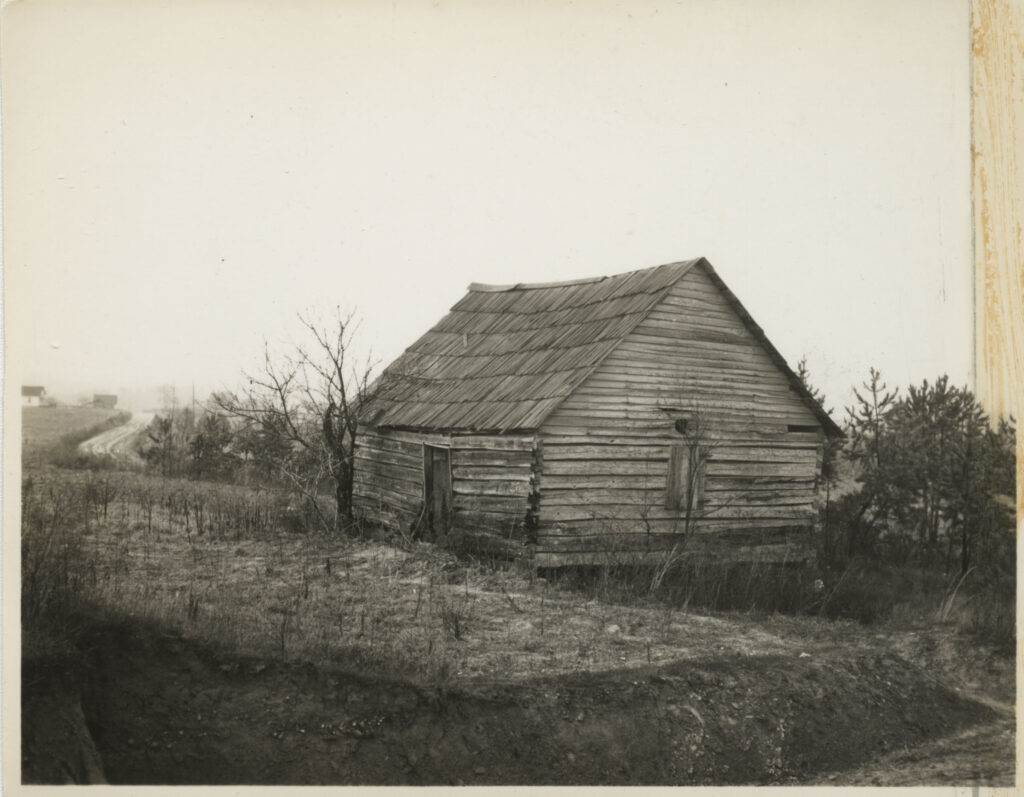
The American Board of Commissioners for Foreign Missions established the Taloney mission (later Carmel mission) for Cherokee children in the community of Taloney in 1819, and the missionary Isaac Proctor was later arrested there by the state of Georgia. (Historians differ on whether Taloney was in what would become Pickens County or Gilmer County.) Fort Newman, a stockade used during the removal of the Cherokees in 1838, also stood at the same site as Taloney.
Although in 1832 new settlers obtained, through the Cherokee land lottery, lands in the area, it remained sparsely settled due to speculation schemes by distant property owners. The region did become a cultural intersection, however, as a place where natives of the Tennessee and North Carolina mountains lived in proximity with hill-country families from Georgia’s Hall County. John M. Bozeman, the founder of a gold-rush trail in Montana called the Bozeman Trail, was born in 1835 in what would become Pickens County.
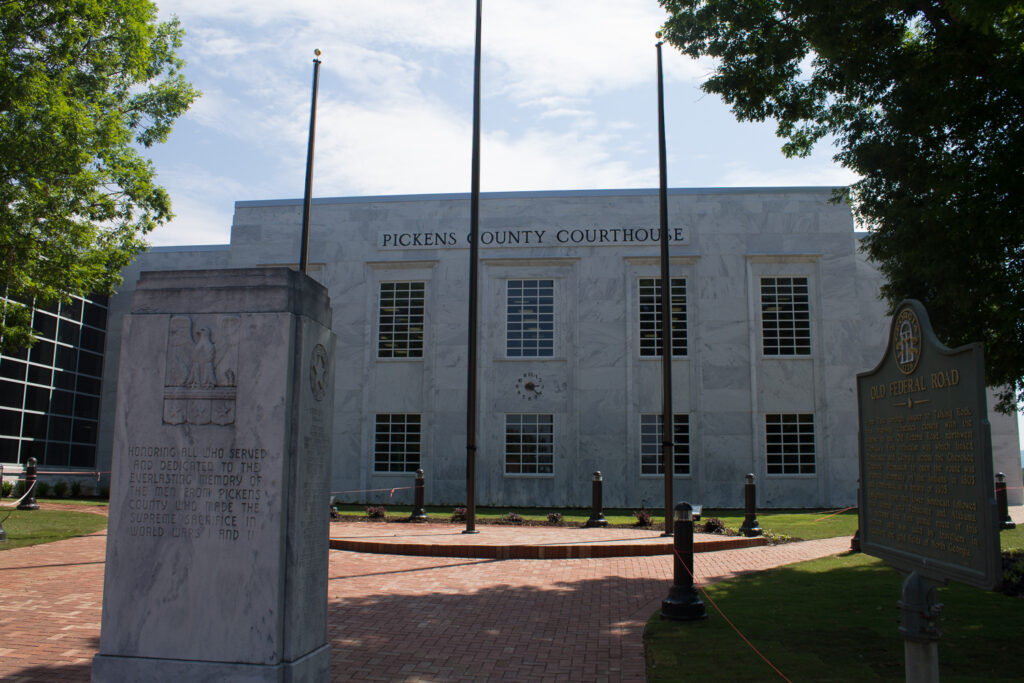
The Civil War (1861-65) divided the county’s population for generations; Pickens County contributed men to both the Confederacy and the Union. A local committee protested the state’s secession from the Union and raised a U.S. flag at the courthouse in Jasper.
The marble industry, which had begun in the late 1830s through the efforts of Henry Fitzsimmons, was modernized by the arrival of the railroad in 1883. Marble from Pickens County went into major public buildings across the country and, reportedly, in 60 percent of the monuments in Washington, D.C. Mica was quarried for electric switchboards during the early 1900s, and copper, graphite, gold, iron, silver, slate, and talc mines have also operated in Pickens County.
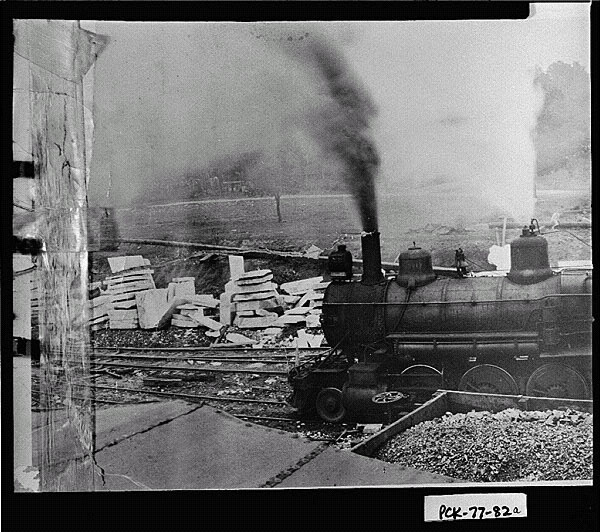
The county’s first great era of progress, which began with the railroad, ended with the onset of the Great Depression in 1929. Marble, cotton, and tourism rose and fell as profitable industries. Between 1930 and 1940 the population in the area declined from 9,687 to 9,136. By 1950 Pickens experienced a further decline to 8,855. The county did not grow appreciably until the 1960s, and its fragile economy suffered once again as a result of national recessions in the 1980s. The completion of Georgia 515/Interstate 575 caused a rapid expansion in the county’s population and business after 1990, making Pickens County one of the fastest-growing areas in Georgia.
The population of Pickens County, according to the 2020 census, was 33,216. The county has one of Georgia’s few remaining administrator governments. Jasper, the county seat, has seen three courthouses; one was destroyed by fire in 1947 (although no significant loss of records occurred). Besides Jasper, the county’s other incorporated cities are Nelson and Talking Rock. The county is home to the regional Chattahoochee Technical College and Amicalola Electric Membership Corporation.


